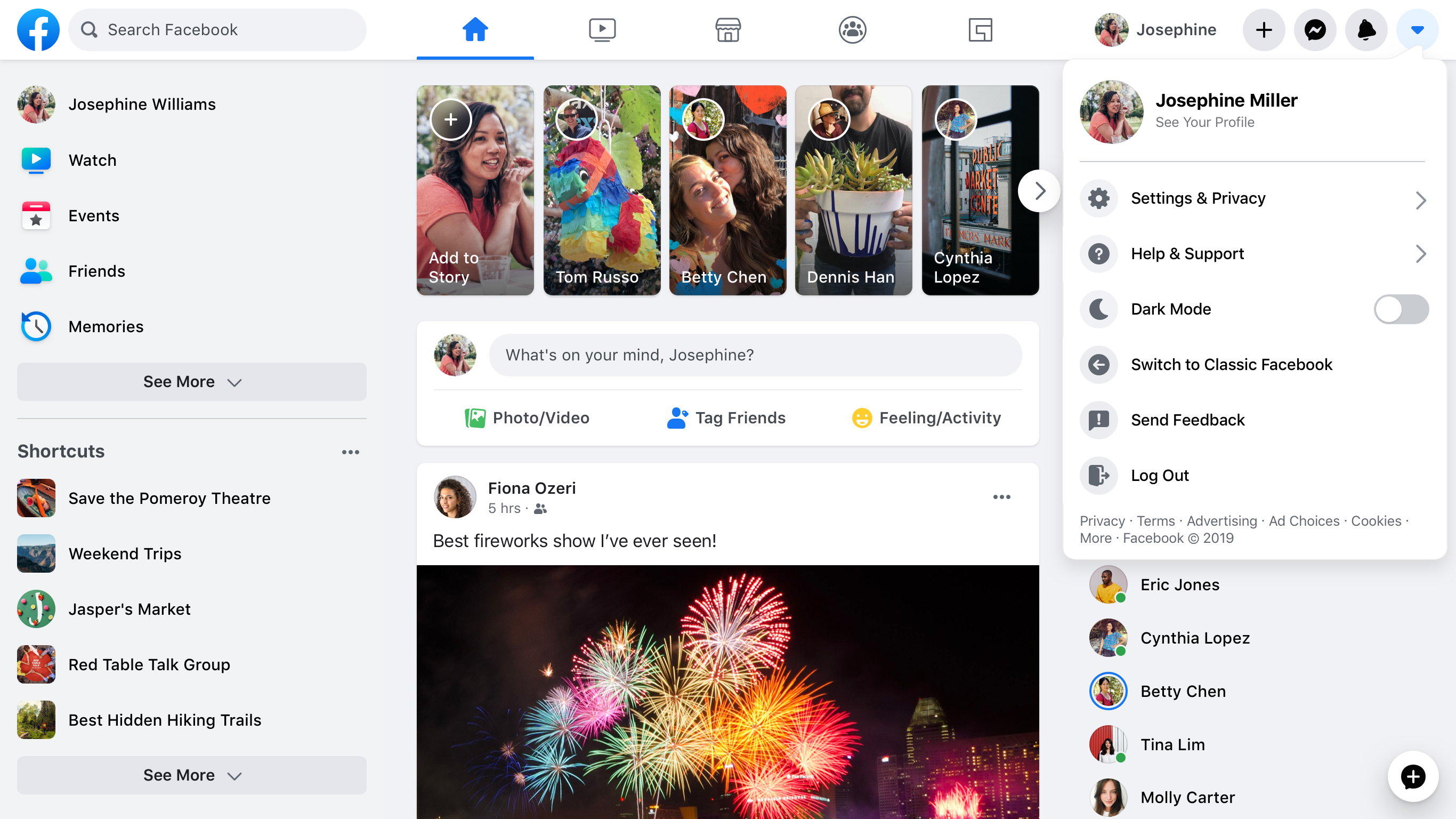Introduction to Web Development - johnverz22/webdev1-lessons GitHub Wiki
Overview of Web Development
Web development is the process of creating and maintaining websites and web applications. It encompasses a variety of tasks, including web design, web programming, and database management. The primary goal is to build functional, user-friendly sites that meet the needs of users and businesses alike.
Websites vs. Web Applications
- Websites serve to inform, and web apps serve to help.
- The content on a website can be viewed, read, or listened to, but the user cannot manipulate it.
- Conversely, content on web applications is not only viewable but contains interactive elements.
- Web applications allow users to manipulate data
Key Components of Web Development
-
Front-End Development: This involves the visual aspects of a website that users interact with directly. Key technologies include:
- HTML (HyperText Markup Language): The backbone of web pages, defining structure and content.
- CSS (Cascading Style Sheets): Used for styling and layout, making websites visually appealing.
- JavaScript: Adds interactivity and dynamic behavior to web pages.
-
Back-End Development: This includes server-side logic, databases, and application integration. Languages commonly used are Python, Ruby, PHP, and Java.
-
Full-Stack Development: A combination of both front-end and back-end development skills.
History and Development
The evolution of web development can be traced through several key milestones:
- Early Days (1990s): The World Wide Web was invented by Tim Berners-Lee in 1989. Initially, web pages were simple text documents linked together.
- HTML Emergence (1991): HTML was introduced as the standard markup language for creating web pages.
- CSS Introduction (1996): CSS allowed for better styling and layout control, separating content from design.
- JavaScript Launch (1995): JavaScript was introduced to add interactivity to web pages.
- Web 2.0 (2004): This era marked a shift towards user-generated content, social media platforms, and dynamic websites.
- Modern Development (2010s-Present): Introduction of frameworks like React, Angular, and Vue.js for front-end development; Node.js for back-end; rise of mobile-first design.
Evolution of the Web: From Web 1.0 to Web 3.0
The World Wide Web has evolved through three main phases: Web 1.0, Web 2.0, and Web 3.0. Each phase reflects significant advancements in technology and user interaction.
Web 1.0: The Static Web (1989 - 2005)
-
Characteristics:
- Read-Only Content: Users could only view information.
- Static Pages: Primarily HTML with no dynamic content.
- Limited Interaction: Minimal user engagement.
-
Impact:
- Used mainly for information dissemination; early e-commerce sites like Amazon emerged.

Web 2.0: The Social Web (2004 - Present)
-
Characteristics:
- User-Generated Content: Users create and share content.
- Dynamic Pages: Interactive websites using AJAX and JavaScript.
- Social Networking: Platforms like Facebook and Twitter allow user interaction.
-
Impact:
- Shift from passive consumption to active engagement; businesses leveraged social media for marketing.
Web 3.0: The Semantic Web (Emerging)
-
Characteristics:
- Decentralization: Users have control over their data.
- Artificial Intelligence: Enhanced personalization and context understanding.
- Interoperability: Seamless integration across platforms.
-
Impact:
- Aims for a more intelligent web, utilizing blockchain for security and privacy.
Summary of Key Differences
| Feature | Web 1.0 | Web 2.0 | Web 3.0 |
|---|---|---|---|
| User Interaction | Passive viewing | Active participation | Decentralized control |
| Content Type | Static pages | Dynamic, user-generated | Intelligent, personalized |
| Technology | HTML, HTTP | AJAX, JavaScript | AI, Blockchain |
Introduction to the Web
HTTP, Browsers, and Servers
- HTTP (HyperText Transfer Protocol): The protocol used for transferring data over the web. It defines how messages are formatted and transmitted.
- Clients: Devices or applications that request and consume resources or services provided by a server. Applications like Google Chrome or Firefox run on these devices that allow users to access websites. They interpret HTML, CSS, and JavaScript to display content.
- Web Servers: Computers that store websites and serve them to browsers upon request.
Client-Server Architecture
Recommended Readings
- W3Schools - Overview of Web Development [1]
- Mimo - What Is Web Development? A Beginner's Guide [2]
- GeeksforGeeks - Web Development Overview [3]
- Topcoder - The Beginner's Guide to Web Development [4]
- Acodez - Evolution of the World Wide Web
- Code Conquest - Web 1.0, Web 2.0 and Web 3.0 With Their Features
- Investopedia - Web 3.0 Explained


